vintage cameras index home
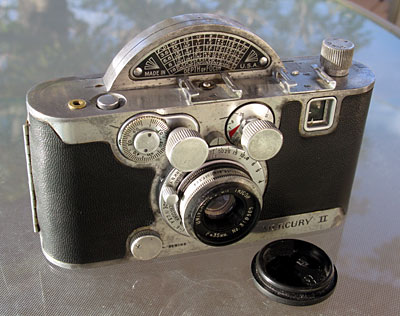
Mercury II, Model CX with Tricor f2.7 35mm Lens
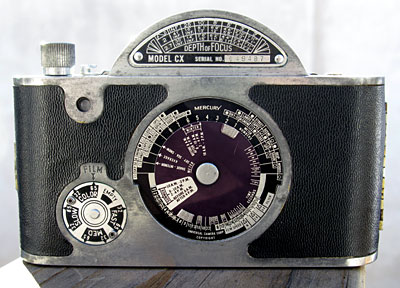
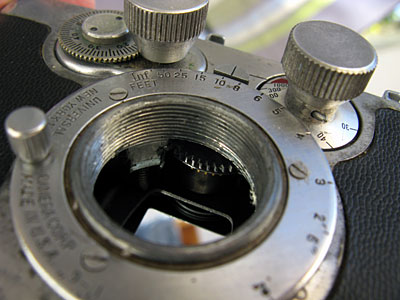
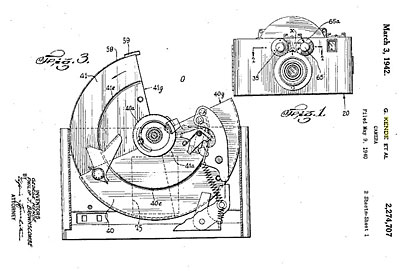
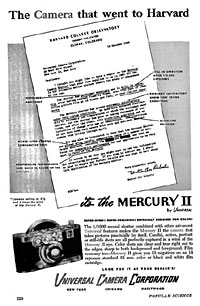 The large and relatively simple rotary shutter featured two overlapping spring-driven half-circle disks which could be adjusted precisely with a pin-in-hole system to vary the shutter aperture and thus the speed of exposure. The Mercury's high-speed shutter was actually superior in regard to accuracy and reliability to the finest German 35 mm cameras of the day including the Leica and the Contax. The Universal Camera Corp. obtained independent lab verification of this superior performance and made much of it in its publicity for the Mercury such as in this ad that ran in both Popular Science and Popular Mechanics in 1946.
The large and relatively simple rotary shutter featured two overlapping spring-driven half-circle disks which could be adjusted precisely with a pin-in-hole system to vary the shutter aperture and thus the speed of exposure. The Mercury's high-speed shutter was actually superior in regard to accuracy and reliability to the finest German 35 mm cameras of the day including the Leica and the Contax. The Universal Camera Corp. obtained independent lab verification of this superior performance and made much of it in its publicity for the Mercury such as in this ad that ran in both Popular Science and Popular Mechanics in 1946.
The original Mercury Model CC which appeared in 1939 retailed for just $25, about what you would pay for an Argus A at the time. The story of the camera's development is very ably told by Dana Kennedy in a blog post. In a subsequent article Kennedy gives incorrect instructions for setting the shutter speed, so be sure to consult the on line manual for the right way to change shutter settings.
My Mercury II required only a little lighter fluid swabbed onto the shutter to get it operating properly. If you need additional help on restoring the camera, Rick Oleson has an excellent set of illustrations on how to get the job done. There is also a great set of pictures at Flickr by P.F. McFarland showing the complete disassembly and servicing of a Mercury II.
More about my own experiences with the Mercury II will be found at my blog.
Some sample pictures from the Mercury II
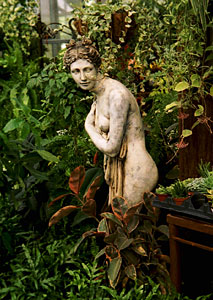

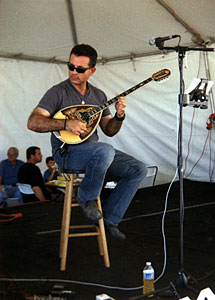
vintage cameras index home
 © mike connealy
© mike connealy